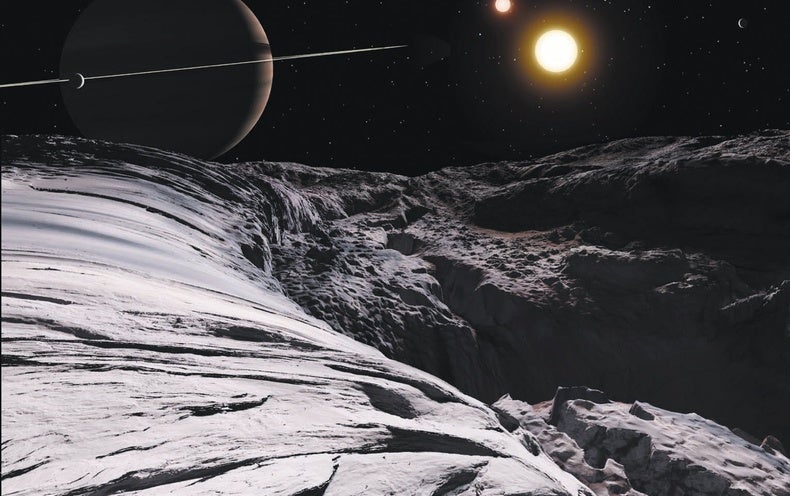- cross-posted to:
- [email protected]
- cross-posted to:
- [email protected]
I really dislike this type of space and astronomy story because it is academic work based on an extremely incomplete dataset.
There has only been one survey satellite mission that theoretically could have observed an absolute Earth analog; the Kepler mission. It was the only survey mission that has ever attempted to point at one spot continuously. Confirming a planet around a star using the transit method requires observing three transit dips. So to observe an Earth size planet around a Type-G (Sun Type) star means the satellite must spend at least three years pointed at the same star field. If we want to observe the entire habitable zone of a Type-G star, it requires observing orbits all the way out to Mars, so it will take at least six years assuming the observation of the first dip takes place on day one of operations. Really, it needs to be at least eight years to fully check a Mars like orbit. The first part of the Kepler mission, when the telescope was working mostly as intended, only lasted four years. It was barely enough to confirm an Earth analog. Also this mission was only designed and intended as a proof of concept. The area of the sky Kepler initially observed was tiny.
It gets worse though. The launch for Kepler very very nearly failed. It only barely made it. The launch was rough. This is likely what caused the premature failure of four reaction wheels. Three reaction wheels are required to hold the telescope in position. This was the mission you’ll likely recall where the engineering team managed to use solar wind pressure against the two remaining reaction wheels to continue operating. It wasn’t capable of observing one spot continuously using the solar wind, but the hardware was repurposed to observe objects with a much shorter orbital period and the mission was renamed to Kepler II. This means it was not able to observe anything remotely similar to a true Earth doppelganger.
Now for the truly bad news. The original design specification for the optics and sensors on Kepler was only barely, theoretically, if you squint, hold your tongue at an angle, and do some liberal rounding, able to resolve a true Earth doppelganger. The signal to noise ratio of a tiny Earth against an enormous Type-G star is HARD to resolve. There were several reports that the hardware onboard Kepler was not even meeting its design specification; likely due to the rough launch. At the end of the first part of the mission, when the fourth reaction wheel failed, the mission was declared a complete success. This is politics allowed to mettle with real science. To call the mission a complete success is a crime, and is why claims about how Earth and the Sun fit into the overall distribution exist. If you look at the data used to claim the Kepler mission was a success you will see thousands of confirmed transits. If all of these are plotted by size and star type to reflect the average resolution capabilities of the telescope, they are nowhere near an Earth size planet around a Type-G star. Like, it is not even remotely close. To call the mission a complete success the mission had to produce data about Earth analogs. So there are a few data points that are added in this region. They are all extreme outliers from the dataset and are all just random noise picked at random to fudge the data. There are still no confirmed Earth analog exoplanets around Type-G stars, not a single one. This means it is completely disingenuous to make any kind of claims about how we fit into the distribution of star systems. We have no data.
When Kepler’s first mission failed, we should have launched a fleet of similar improved hardware. We could have found other Earths already. It is the only planetary system configuration known to host life. We have JWST, which is far too valuable to waste doing static star field surveys. It could tell us so much about these true Earth analogs, but we will never know where these planets reside. Because of corrupt political pressure, there is no impetus to do the actual science with a proper star survey. The scientists can’t talk about this issue because it is career suicide to call out the people that fund your work. So the official “job done” take leads to the lie becoming the reality and claims are made about our solar system’s uniqueness when the data just doesn’t exist. Fixing this blunder could lead to the most interesting breakthroughs in the entire existence of humanity. We have the technology, but lack the motivation to make this happen.
It’s worth noting that computer models can help but often start with known data and that may skew the results.
Also, some of the methods we use to find planets are often skewed towards certain types. Most often towards larger/high gravity planets that are also closer to the start aka “hot jupiters”
https://www.esa.int/Science_Exploration/Space_Science/How_to_find_an_extrasolar_planet



